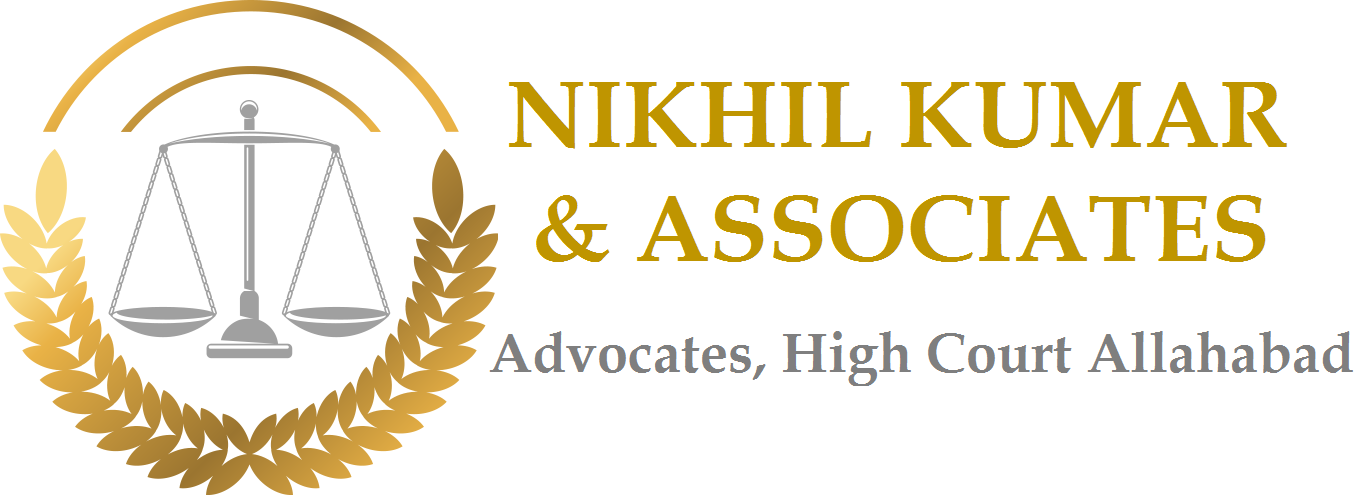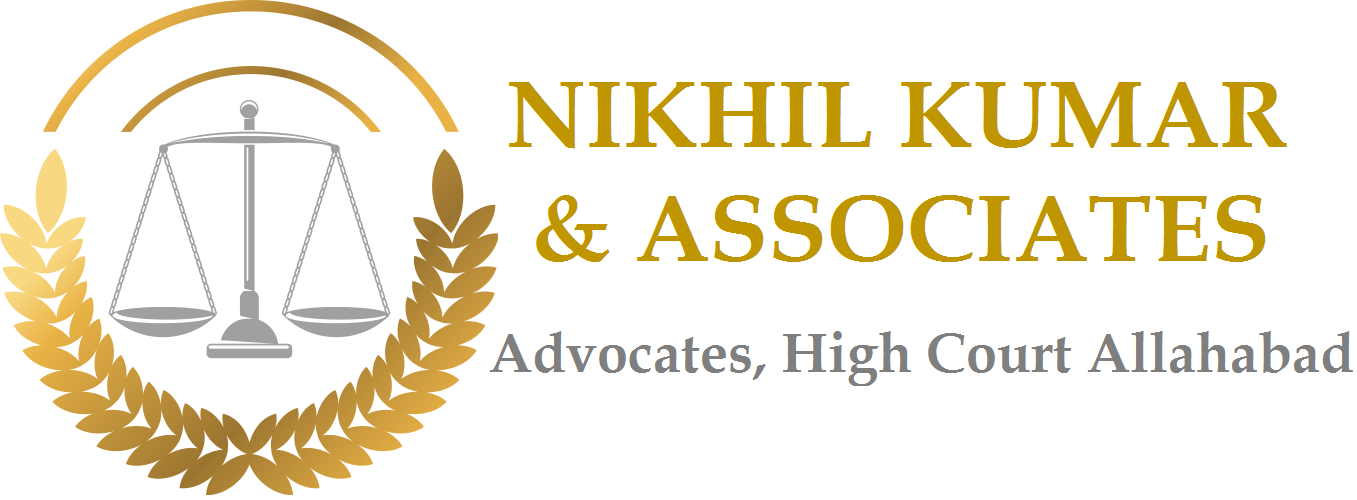
What is Order VII Rule 11 of Civil Procedure Code?
Order VII Rule 11 of the Civil Procedure Code provides for the rejection of the plaint. The grounds for rejection of the plaint are as follows:
- where it does not disclose a cause of action;
- where the relief claimed is undervalued, and the plaintiff, on being required by the Court to correct the valuation within a time to be fixed by the Court, fails to do so;
- where the relief claimed is properly valued, but the plaint is written upon paper insufficiently stamped, and the plaintiff, on being required by the Court to supply the requisite stamp-paper within a time to be fixed by the Court, fails to do so;
- where the suit appears from the statement in the plaint to be barred by any law:
- where it is not filed in duplicate;
- where the plaintiff fails to comply with the provision of rule 9
What is the object of Order VII Rule 11 of Civil Procedure Code?
The object of Order VII Rule 11 of the Code is to keep irresponsible lawsuits out of the courts. This has been clarified by the Hon’ble Apex Court in the case of Sopan Sukhdeo Sable vs. Assistant Charity Commissioner.
It is pertinent to reproduce the relevant portion for a sound understanding of the object of the provision, and the same is as follows:
“The real object of Order VII Rule 11 of the Code is to keep out of courts irresponsible law suits. Therefore, the Order X of the Code is a tool in the hands of the Courts by resorting to which and by searching examination of the party in case the Court is prima facie of the view that the suit is an abuse of the process of the court in the sense that it is a bogus and irresponsible litigation, the jurisdiction under Order VII Rule 11 of the Code can be exercised.”
Hence, any plaint which, for say, does not disclose a cause of action or is barred by law, must be nipped in the bud in the first hearing itself. This does not even warrant the defendant’s intervention, and the same can be done by the Court’s own accord.
What is the legal ambit of Rejection of Plaint under Order VII Rule 11 of Civil Procedure Code?
Rejection of the Plaint must be of the whole plaint, and not of a part thereof. This is well settled by the Hon’ble Apex Court in a plethora of cases. The reason behind this is the plaint is a concise statement of material facts, and it must be read as a whole. Since, the averments of the plaint are not seen in segregation, compartments, or dissections, but are seen as a whole, hence, the same is to be considered as a whole for acceptance as well as rejection.
Furthermore, if a part of the plaint is problematic in a particular case, the remedy of Order VI Rule 16 of the Civil Procedure Code is to be availed which provides for Striking out pleadings.
In the case of Roop Lal Sathi vs. Nachhattar Singh Gill, it was held that only a part of the plaint cannot be rejected and if no cause of action is disclosed, the plaint as a whole must be rejected.
The cause of action is disclosed not from the reliefs or from a specific part of the plaint, but from the entire plaint.
Hence, by virtue of the nature of the provision, there is a restriction in considering the rejection of plaint. In rejecting the plaint, the Court must not base such consideration on the allegations made by the defendant either in the Written Statement or in the Application for rejection of the plaint.
Hence, the court has to take a decision looking at the pleadings of the plaintiff only and not on the rebuttal made by the defendant or any other materials produced by the defendant.
What is the legal position when the suit is barred by limitation vis-à-vis Order VII Rule 11 CPC?
With respect to limitation, the law is settled by the Hon’ble Apex Court in the case of Sri Biswanath Banik vs. Sulanga Bose, wherein it was held that:
“So far as the issue whether the suit can be said to be barred by limitation or not, at this stage, what is required to be considered is the averments in the plaint. Only in a case where on the face of it, it is seen that the suit is barred by limitation, then and then only a plaint can be rejected under Order VII Rule 11(d) CPC on the ground of limitation. At this stage what is required to be considered is the averments in the plaint. For the aforesaid purpose, the Court has to consider and read the averments in the plaint as a whole.”
In another case of Ram Prakash Gupta vs. Rajiv Kumar Gupta and Others, it was held that:
“It makes it clear that if the plaint does not contain necessary averments relating to limitation, the same is liable to be rejected. For the said purpose, it is the duty of the person who files such an application to satisfy the Court that the plaint does not disclose how the same is in time. In order to answer the said question, it is incumbent on the part of the Court to verify the entire plaint. Order VII Rule 12 mandates where a plaint is rejected, the Court has to record the order to that effect with the reasons for such order. Inasmuch as the learned trial Judge rejected the plaint only on the ground of limitation, it is useful to refer the averments relating to the same. Learned counsel appearing for the appellant, by taking us through the entire plaint, submitted that inasmuch as sufficient materials are available in the plaint, it is proper on the part of the trial Court to decide the suit on merits and not justified in rejecting the plaint that too after the evidence of the plaintiff.”
Hence, what is required to be considered is the averments in the plaint. Only in a case where on the face of it, it is seen that the suit is barred by limitation, then and then only a plaint can be rejected under Order VII Rule 11(d) of the Code on the ground of limitation. At this stage what is required to be considered is the averments in the plaint.
Can a second suit be instituted if the first one is rejected under Order VII Rule 11 CPC?
Order 7 rule 13 provides that the mere filing of the first plaint shall not preclude the second plaint. The provision is as follows:
“13. Where rejection of plaint does not preclude presentation of fresh plaint – The rejection of the plaint on any of the grounds hereinbefore mentioned shall not of its own force preclude the plaintiff from presenting a fresh plaint in respect of the same cause of action.”
In the case of Delhi Wakf Board vs. Jagdish Kumar Narang, the first plaint was rejected under order 7 rule 11 of Civil procedure Code, and a fresh plaint on the same cause of action was rejected. The Hon’ble Apex Court held that this clearly violated order 7 rule 13 of the civil procedure code and set aside the impugned order.

